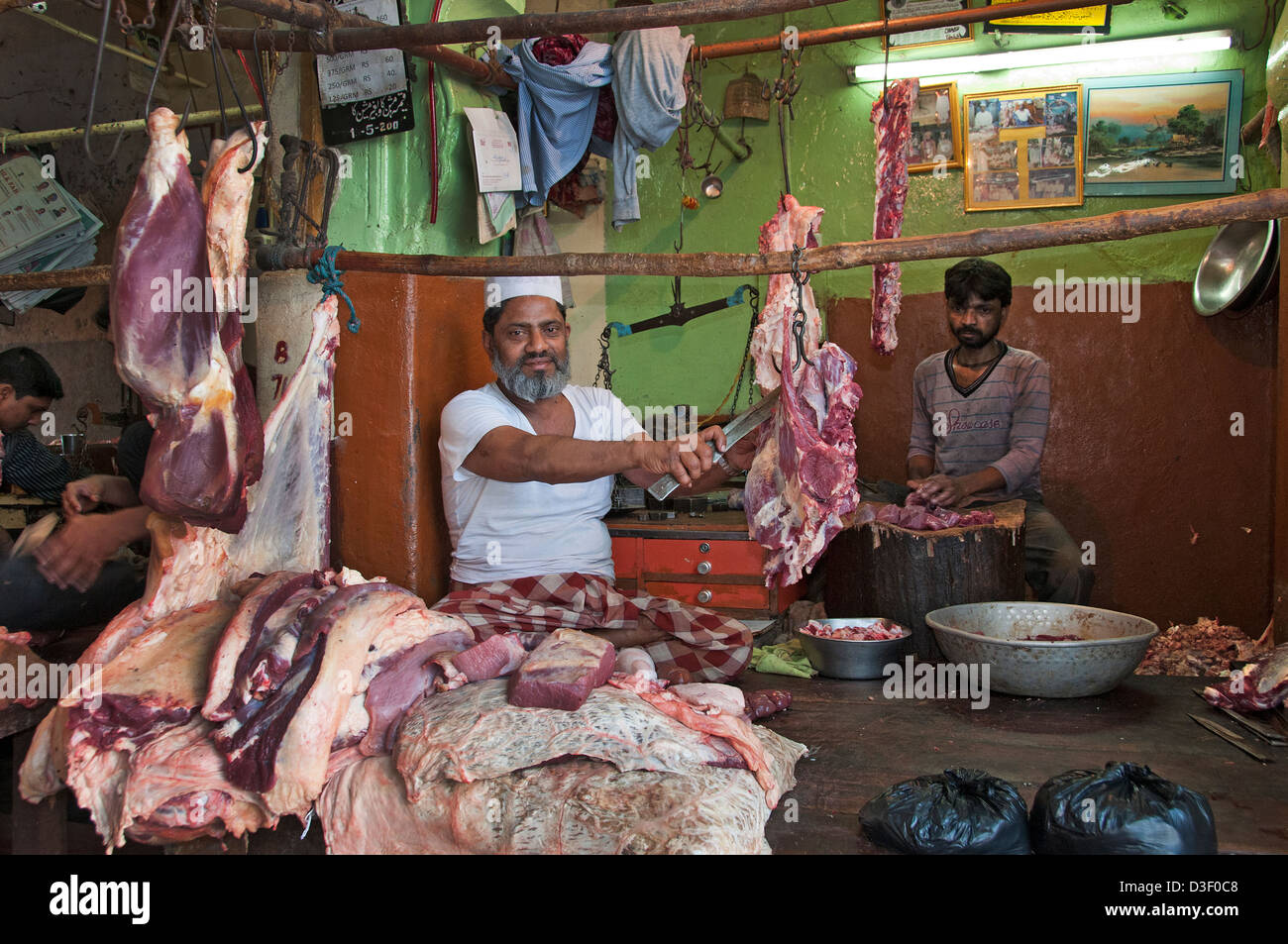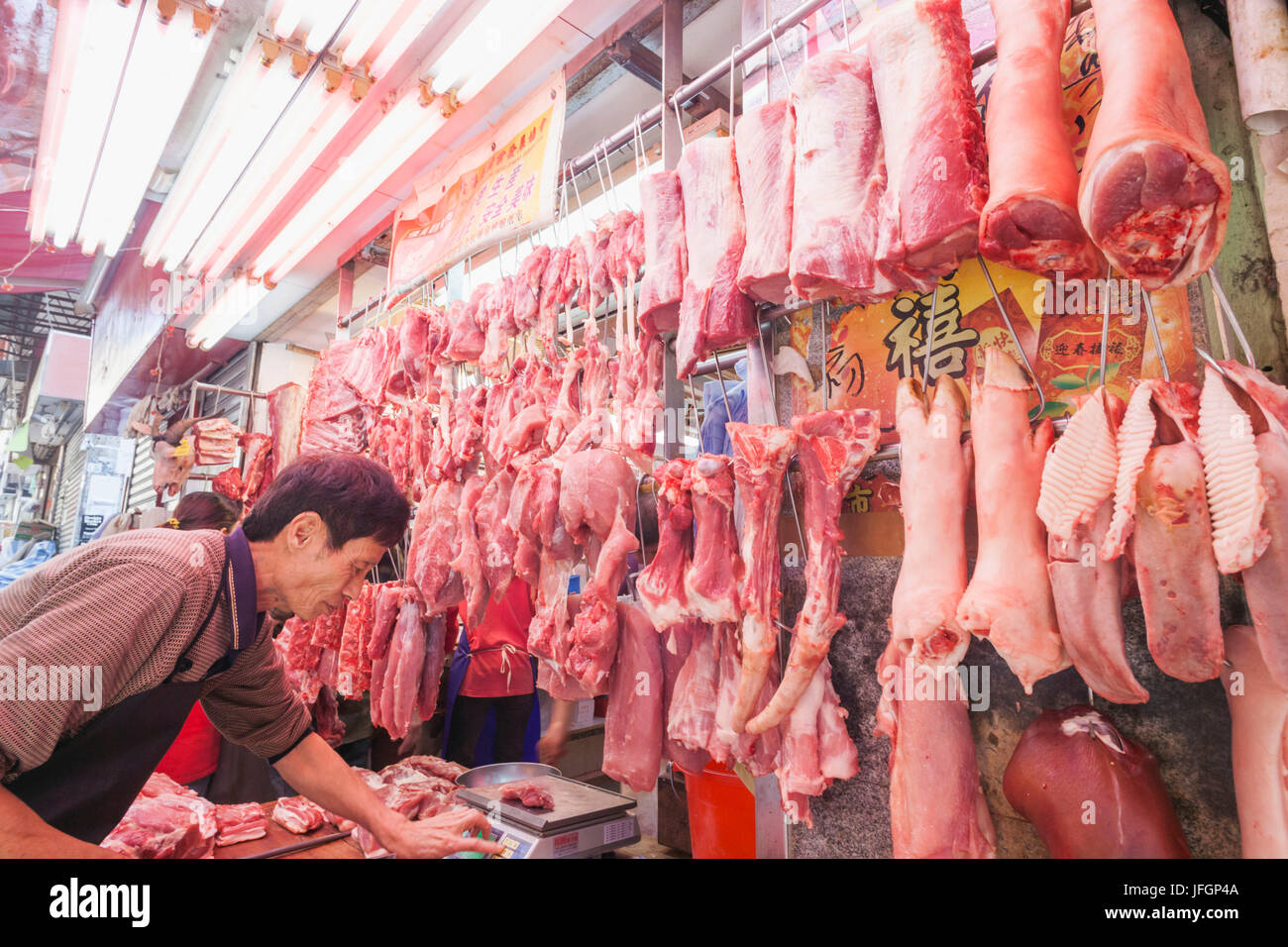From Farm to Table: Embracing the Custom of Meat Markets and Butcheries
In a period dominated by ease and automation, there exists a peaceful revolution taking area in the culinary globe - a go back to the roots of food sourcing via the tradition of meat markets and butcheries. These establishments, frequently forgotten in the darkness of grocery stores, are experiencing a rebirth as discerning customers seek high quality, traceability, and a link to the beginnings of their food. Yet what is driving this shift back to the methods of old? The answer depends on the intersection of heritage techniques, ethical considerations, and a need for a much more genuine gastronomic experience.
The Rebirth of Meat Markets
The resurgence of meat markets across numerous areas indicates a change in the direction of a restored admiration for locally sourced, high quality meats. In recent years, customers have ended up being a lot more conscious of the origins of their food, leading to a growing demand for transparency and sustainability in the meat sector. This pattern has paved the way for the resurgence of traditional meat markets and butcheries, where customers can directly connect with knowledgeable butchers and source their meat from close-by farms.
One of the key driving variables behind this revival is the desire for better and fresher items. By acquiring meat from neighborhood markets, consumers can ensure that they are obtaining fresh cuts that have not taken a trip fars away or been sitting in storage space for extended durations. Additionally, sustaining local meat markets assists bolster the neighborhood economy and promotes area connections.
In addition, the rebirth of meat markets aligns with the broader motion towards supporting small-scale farmers and sustainable farming techniques. By choosing to purchase from these establishments, customers are not only improving top quality meat however likewise contributing to an extra eco friendly and ethical food system.
Workmanship in Butcheries
With the rebirth of meat markets emphasizing quality and sustainability, the emphasis changes in the direction of identifying the intricate workmanship displayed in modern butcheries. Workmanship in butcheries surpasses simply cutting meat; it symbolizes a deep-rooted practice of competence and accuracy in taking care of different cuts of meat - Bagley Farms Meat Market. Butchers, often educated for years, have a wide range of expertise on the composition of animals, knife abilities, and the art of breaking down carcasses efficiently
In modern-day butcheries, craftsmanship appears in the means butchers meticulously resource their meat, making certain high criteria of top quality and moral practices. They take pride in understanding the provenance of the meat they offer, working carefully with regional farmers and vendors to use customers full transparency and traceability.

Locally Sourced Meat Top Quality
Amidst the growing passion in lasting techniques, a concentrate on locally sourced meat high quality has become significantly noticeable in the meat market sector. Consumers are progressively looking for openness in the sourcing and manufacturing of their meat, causing a surge sought after for in your area elevated and refined meats.
Locally sourced meat uses many benefits, including fresher products, support for regional farmers, and reduced ecological impact as a result of lowered transportation distances. By buying meat from nearby ranches and butcheries, consumers can have much more self-confidence in the top quality and safety of the products they are getting.
Moreover, in your area sourced meat usually comes from pets that have been raised in much more humane problems, with a concentrate on pet welfare and sustainable farming methods. This ethical method to meat manufacturing resonates with several customers who are worried about the beginnings of their food and its influence on the atmosphere.
Farm-to-Table Buying Experience
In the realm of in your area sourced meat top quality, the farm-to-table purchasing experience supplies consumers a direct link to the beginnings of their food. This distinct purchasing experience permits customers to map the trip of their meat, from the farm where the animals were elevated to the table where it will be taken pleasure in. By taking part in farm-to-table shopping, people can obtain a deeper understanding of the farming methods, animal well-being requirements, and sustainability initiatives entailed in producing their meat.

Custom Fulfills Modern Culture


The convergence of standard meat markets and butcheries with contemporary society offers an one-of-a-kind possibility for the conservation of artisanal methods in a contemporary context. While modern-day developments have transformed various markets, the essence of conventional meat markets and butcheries continues to be deeply rooted in history and workmanship. This mix of practice and modernity enables the continuation of classic methods while adjusting to the requirements and preferences of today's customers.
In today's fast-paced globe, where benefit commonly defeats quality, there is a growing gratitude check out this site for the heritage and authenticity that standard meat markets and butcheries supply. Customers are significantly seeking transparency in the sourcing and production of their food, leading them back to the personalized solution and proficiency located in these facilities. The emphasis on sustainability and ethical methods lines up with the values upheld by lots of typical meat markets and butcheries, promoting a sense of neighborhood and responsibility in the direction of the environment.
As culture proceeds to evolve, the coalescence of tradition and modernity in meat markets and butcheries not just ensures the conservation of artisanal practices but likewise enriches the cooking landscape with a blend of heritage and innovation.
Conclusion
In conclusion, the practice of meat markets and butcheries is experiencing a rebirth in contemporary culture. These establishments use in your area sourced meat of high quality, supplying a farm-to-table shopping experience for customers. The workmanship and knowledge located in butcheries contribute to the authenticity and value of the products used. By welcoming this practice, people have the ability to get in touch with their food in a meaningful method, linking the void in between the past and the here and now - Bagley Farms Meat Market.
In an era dominated by benefit and mass production, there exists a quiet transformation taking place in the culinary world - a return to the origins of food sourcing via the custom of meat markets and butcheries.The revival of meat markets throughout various neighborhoods shows a shift in the direction of a look at more info restored appreciation for locally sourced, quality meats.With the rebirth of meat markets highlighting top quality and sustainability, the focus shifts towards identifying the elaborate craftsmanship displayed in contemporary butcheries. Craftsmanship in butcheries goes beyond just reducing meat; it symbolizes a deep-rooted practice of proficiency and precision in managing various additional resources cuts of meat.In today's hectic world, where ease usually trumps quality, there is an expanding appreciation for the heritage and credibility that conventional meat markets and butcheries supply.